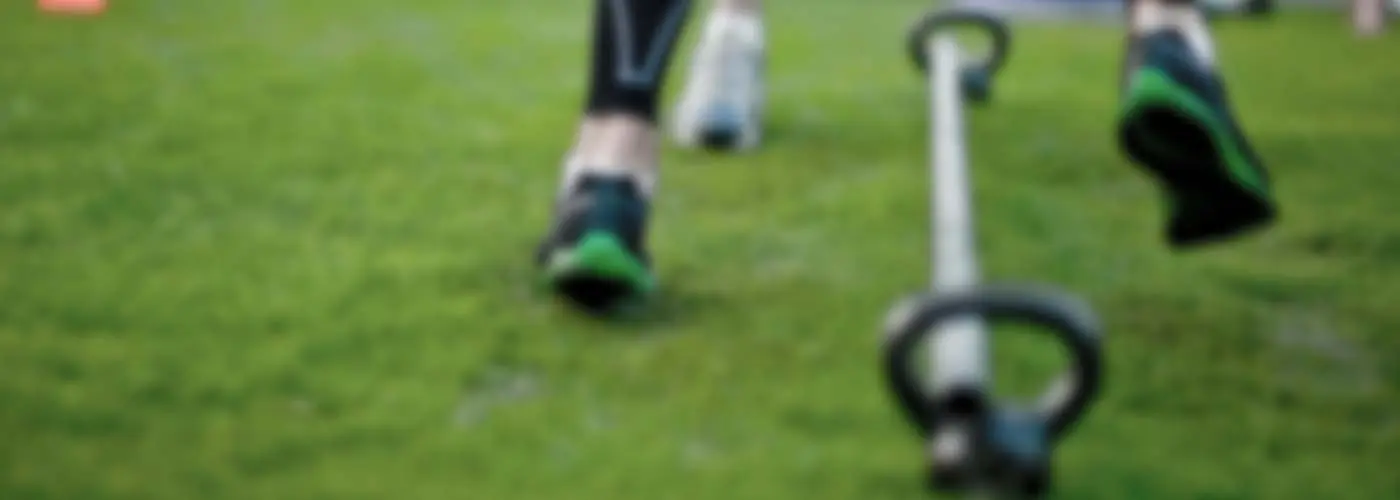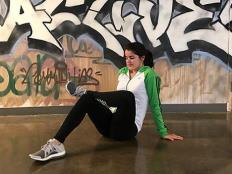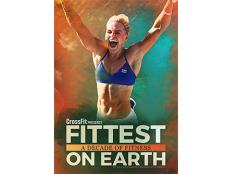
The old reliable exercises are fine for producing old reliable results. But if you want a physique that's better than the body you have now, you need exercises that do more for you than the ones that took you to this point. Luckily for you (and your muscles), trainers and scientists across the continent spend their days asking excellent questions, such as "Why do we do it this way?" and "What if we did it that way?" The answers they find are surprising—and useful. See below to read about exercise variations and technique tweaks from some of the country's most innovative trainers. You'll refresh your workout and soon have muscle in places you didn't even know it could grow.
1. Try a new muscle formula
Do at least 3 sets of pulling exercises—rows, pullups, and pulldowns—for every 2 sets of chest and shoulder presses you perform, says Brian St. Pierre, C.S.C.S., the owner of BSP Training & Nutrition in Augusta, Maine. Chances are you've been doing just the opposite, so this approach can help you build the muscles you've been neglecting. The result: Improved posture, better overall muscle balance, and faster gains.
2. Sculpt bolder shoulders
Strong, stable shoulders will help you lift more weight in nearly every upper-body exercise. So start each upper-body workout with the band pull-apart, suggests Shon Grosse, P.T., C.S.C.S., owner of Comprehensive Physical Therapy and Fitness in Colmar, Pennsylvania. It trains your rotator cuff and scapular stabilizers, the network of muscles that help create a strong shoulder joint. (And it counts as another pulling exercise.)Keeping your arms straight, use both hands (palms up) to hold a stretch band out in front of your chest. Now squeeze your shoulder blades together and stretch the band out to your sides, without bending or lowering your arms, until the band touches your sternum. Reverse the move and repeat. Do 2 or 3 sets of 10 to 15 reps, resting 60 seconds between sets.
3. Beef up your back
Most of the fibers in your upper-back muscles are horizontal, which is why rowing exercises work them so well. But the ones in your lats are closer to vertical. The J pull-in hits your lats from start to finish, says Lee Boyce, a Toronto-based strength coach. "And it won't take much weight for you to feel a deep contraction."Attach a rope handle to a high pulley of a cable station. Grab an end with each hand and kneel facing the machine. Keeping your arms straight and your torso upright, pull the rope down toward your groin. (The rope's path of travel should look like a J.) Try 3 sets of 10 reps, resting 60 seconds between sets.
4. Pump up your pecs
If you're unhappy with your chest development, you may have one of two problems.You don't work your chest enough. Sometimes you just need to do more work. Boyce recommends the 1 ?-rep bench press, which effectively doubles the workload of your pectoral muscles. On a flat bench, lower the weight to your chest, and then press it halfway up. Lower it again, and then press it up until your arms are straight. Use 70 percent to 80 percent of your 1-rep max, and perform 3 or 4 sets of 8 reps.
Your shoulders are beat up. Years of dips and bench presses will do that to you, says Tony Gentilcore, C.S.C.S., co-owner of Cressey Performance in Hudson, Massachusetts. To build your chest and triceps while sparing your shoulders, he recommends the close-grip board press. Duct-tape a pair of footlong 2?4s together, the 4-inch sides facing each other; secure the block under your shirt. Load a barbell onto a flat bench-press station. Lie on your back and grab the bar using an overhand grip, your thumbs 12 to 15 inches apart. Lift the bar, lower it to the block, come to a dead pause, and then push back to the starting position. You can go heavy: 3 or 4 sets of 6 to 8 reps.
5. Add to your adductors
You wouldn't be caught dead on the inner-thigh machine. But you also don't want to ignore your adductor muscles, an area of untapped growth potential. Target them by doing pullups while holding a light weight plate between your feet, Grosse suggests. You'll force your abs and adductors to engage as you work your back, shoulders, and arms.- 1
- of
- 2
Get ACTIVE on the Go


Couch to 5K®
The best way to get new runners off the couch and across the finish line of their first 5K.
Available for iOS | Android






Discuss This Article